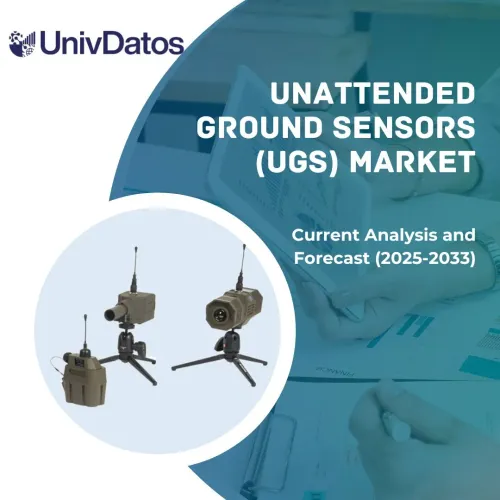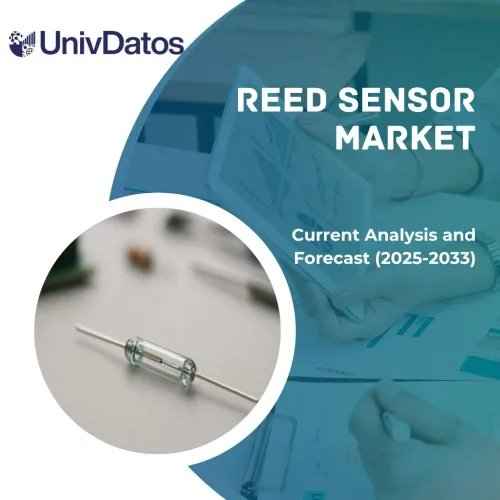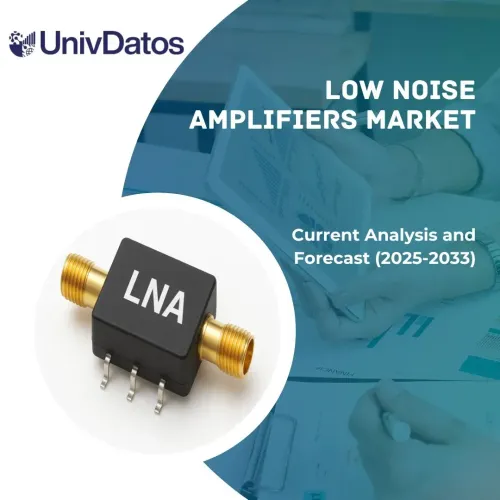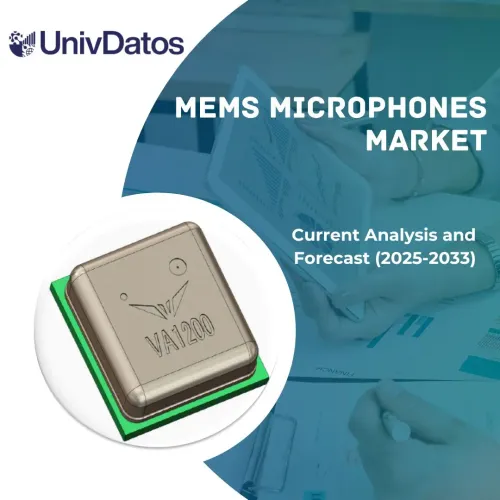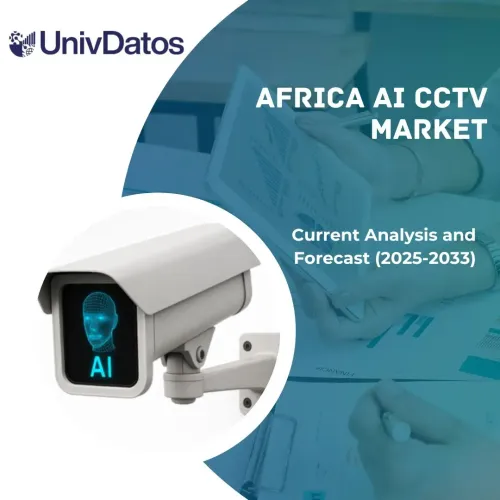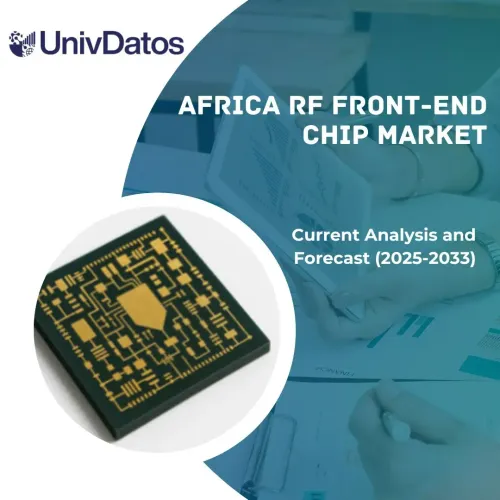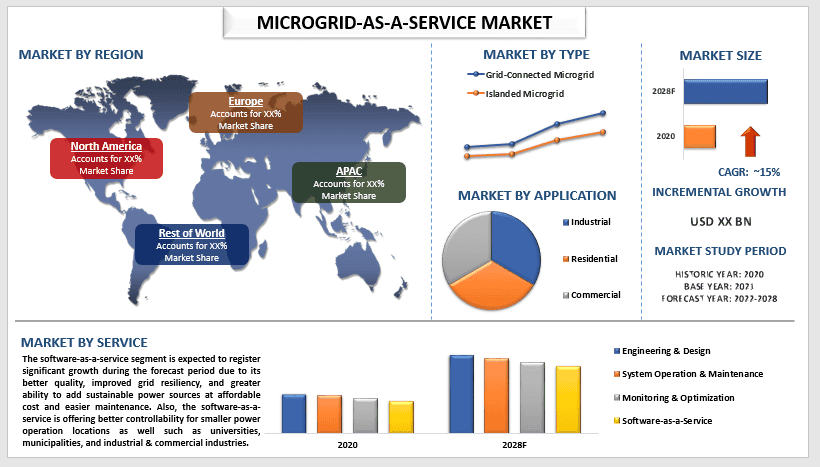
预计全球微电网即服务市场在预测期内将以约 15% 的显着速度增长。微电网被认为是独立的电力网络,允许电力的产生和流动。微电网可以在连接到公用电网时或断开连接的孤岛模式下运行。微电网可以连接、控制和监控分布式能源,同时提高性能。微电网能够共同定位发电和用电,并且为了发电,微电网使用可再生能源和柴油发电机作为备用组合。近年来,由于对电力需求的不断增长,以及通过降低运营成本、存储成本并在需求高峰时段卖回电网来优化能源费用的能力,微电网即服务市场需求显着增长。此外,采用更绿色的运营方式,例如包括太阳能和风能在内的现场可再生能源,预计将支持微电网即服务市场的增长。
ABB Ltd.、西门子股份公司、通用电气、伊顿公司、Green Energy Corporation、施耐德电气股份有限公司、ENGIE、Tech Mahindra、AIO Systems Ltd. 和 Metco Engineering 是该市场的一些主要参与者。这些参与者已经进行了多次并购以及合作,以便为客户提供高科技和创新产品/技术。
报告中呈现的见解
“在类型中,孤岛式微电网即服务类别在预测期内将见证更高的复合年增长率”
根据类型,市场分为并网微电网和孤岛式微电网。由于其实时模拟技术,孤岛式或远程微电网细分市场预计在预测期内将见证显着的复合年增长率。孤岛式微电网是从中央公用事业公司断开连接并保持通电并持续向本地负载供电的微电网的集合。在孤岛式微电网中,微电网负责功率共享、平衡和电压控制。作为电压控制器,它比并网微电网具有优势,例如确保根据其额定值提供相同的负载,并确保从能源获得电力。
“在服务中,4WD 在 2020 年将占据市场的重要份额”
根据服务,市场分为工程与设计、系统运营与维护、监控与优化以及软件即服务。由于其更好的质量、更高的电网弹性和以可承受的成本和更易于维护的方式添加可持续电源的能力,软件即服务细分市场预计在预测期内将实现显着增长。此外,软件即服务为较小的电力运营场所(如大学、市政当局以及工业和商业行业)提供更好的可控性。此外,预计投资增加、技术进步和新产品发布将推动市场发展。例如,西门子推出了远程托管的 spectrum powerTM MGMS(微电网管理系统),该系统提供能源的控制分配,并与天气和负载预测集成。
“亚太地区将占据市场的重要份额”
2020 年,亚太地区在全球微电网即服务市场中占据重要份额。这主要是由于弹性且不间断的电力需求不断增长,再加上电气化率的不断提高。此外,政府对扩大基于公用事业的电网的支持,以及减少碳足迹,以及对可再生能源和绿色能源的投资激增,预计将推动该地区的需求。此外,为了支持微电网即服务,政府提供税收优惠和上网电价,以吸引更高的投资。此外,人口的增长、老化的电力供应基础设施以及该地区偏远地区缺乏电力,再加上快速的城市化和工业化,将需要额外的基础设施,并导致该大陆的微电网发展。
购买本报告的理由:
- 该研究包括经过认证的主要行业专家验证的市场规模和预测分析。
- 该报告一目了然地对整体行业绩效进行了快速回顾。
- 该报告对杰出的行业同行进行了深入分析,主要关注关键业务财务、产品组合、扩张战略和近期发展。
- 详细检查行业中存在的驱动因素、限制因素、关键趋势和机遇。
- 该研究全面涵盖了不同细分市场的市场。
- 深入的行业区域层面分析。
定制选项:
可以根据要求或任何其他细分市场进一步定制全球微电网即服务市场。 除此之外,UMI 明白您可能有自己的业务需求,因此请随时与我们联系以获取完全适合您需求的报告。
目录
微电网即服务市场分析 (2022-2028) 的研究方法
分析历史市场、评估当前市场以及预测全球微电网即服务市场的未来市场,是创建和分析全球主要地区采用微电网即服务的三大步骤。进行了详尽的二级研究,以收集历史市场数据并评估当前市场规模。其次,为了验证这些见解,考虑了许多发现和假设。此外,还与全球微电网即服务市场价值链中的行业专家进行了详尽的初步访谈。在通过初步访谈对市场数据进行假设和验证后,我们采用了自上而下/自下而上的方法来预测完整的市场规模。此后,采用市场细分和数据三角测量方法来评估和分析行业相关细分市场和子细分市场的市场规模。详细方法如下所述:
历史市场规模分析
第 1 步:深入研究二级来源:
通过公司内部来源(如年度报告和财务报表、绩效演示文稿、新闻稿等)以及外部来源(包括期刊、新闻和文章、政府出版物、竞争对手出版物、行业报告、第三方数据库和其他可靠出版物)进行了详细的二级研究,以获取微电网即服务市场的历史市场规模。
第 2 步:市场细分:
在获得微电网即服务市场的历史市场规模后,我们进行了详细的二级分析,以收集主要地区不同细分市场和子细分市场的历史市场见解和份额。报告中包含的主要细分市场包括类型、服务和应用。此外,还进行了国家/地区层面的分析,以评估该地区测试模型的总体采用情况。
第 3 步:要素分析:
在获得不同细分市场和子细分市场的历史市场规模后,我们进行了详细的要素分析,以评估微电网即服务市场的当前市场规模。此外,我们使用因变量和自变量(如微电网即服务的各种类型、服务和应用)进行了要素分析。考虑到全球微电网即服务市场领域的顶级合作伙伴关系、并购、业务扩张和产品发布,对需求和供应侧情景进行了彻底的分析。
当前市场规模评估与预测
当前市场规模:基于上述 3 个步骤的可操作见解,我们得出了当前的市场规模、全球微电网即服务市场的关键参与者以及细分市场的市场份额。所有必需的百分比份额拆分和市场细分均使用上述二级方法确定,并通过初步访谈进行了验证。
评估与预测:对于市场评估和预测,为包括利益相关者的驱动因素和趋势、限制和机遇在内的不同因素分配了权重。在分析这些因素后,应用相关的预测技术,即自上而下/自下而上的方法,以得出全球主要市场中不同细分市场和子细分市场 2028 年的市场预测。用于评估市场规模的研究方法包括:
- 该行业的市场规模,以收入(美元)和国内主要市场中微电网即服务市场的采用率衡量
- 市场细分和子细分的所有百分比份额、拆分和细分
- 全球微电网即服务市场中关键参与者提供的产品。此外,这些参与者为在快速增长的市场中竞争而采取的增长战略
市场规模和份额验证
初步研究:与主要地区的关键意见领袖 (KOL)(包括高层管理人员(CXO/副总裁、销售主管、营销主管、运营主管、区域主管、国家/地区主管等))进行了深入访谈。然后总结初步研究结果,并进行统计分析以证明所述假设。来自初步研究的输入与二级研究结果相结合,从而将信息转化为可操作的见解。
不同地区初步参与者的拆分
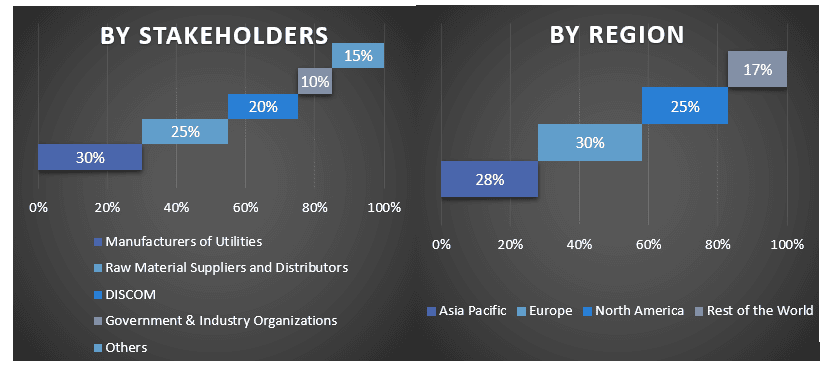
市场工程
采用数据三角测量技术来完成整体市场评估,并得出全球微电网即服务市场每个细分市场和子细分市场的精确统计数字。在研究了全球微电网即服务市场类型、服务和应用领域的各种参数和趋势后,将数据分为多个细分市场和子细分市场。
全球微电网即服务市场研究的主要目标
该研究准确地指出了全球微电网即服务市场的当前和未来市场趋势。投资者可以获得战略见解,以根据研究中进行的定性和定量分析来确定其投资决策。当前和未来市场趋势确定了区域层面市场的整体吸引力,为行业参与者提供了一个利用未开发市场以从先发优势中受益的平台。研究的其他量化目标包括:
- 分析微电网即服务市场的当前和预测市场规模(以价值(美元)衡量)。此外,分析不同细分市场和子细分市场的当前和预测市场规模
- 研究中的细分市场包括类型、服务和应用领域。
- 定义和分析微电网即服务的监管框架
- 分析涉及各种中介机构的价值链,以及分析行业客户和竞争对手的行为。
- 分析主要地区微电网即服务市场的当前和预测市场规模。
- 报告中研究的主要地区国家/地区包括亚太地区、欧洲、北美和世界其他地区。
- 微电网即服务市场的公司概况以及市场参与者为在快速增长的市场中维持发展而采取的增长战略
- 深入分析行业区域层面
相关 报告
购买此商品的客户也购买了




